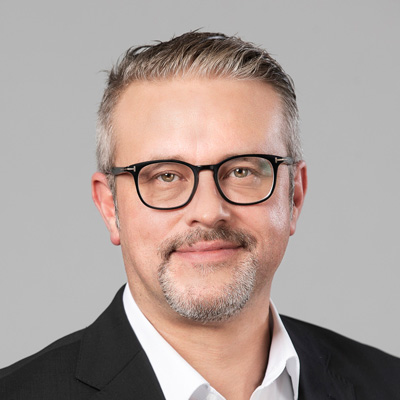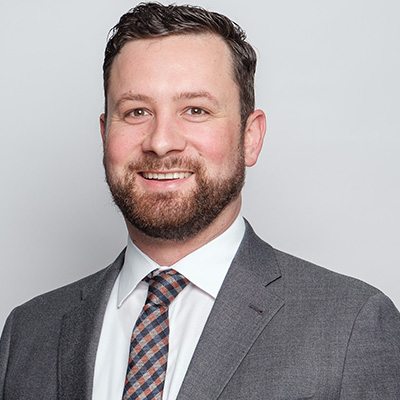TARGET OPERATING MODEL: A REBOOT FOR GLOBAL MARKET LEADER : A heritage-rich manufacturer of household appliances positions itself for the future with a new target operating model
The company, a global market leader for household appliances – also known as white goods – sought to develop a new target operating model that better positioned itself for the future, at a time of external market pressure and internal challenges. Horváth supported Group leadership in shaping the target structure and developing the transformation approach, and then in implementing these aspects efficiently.

In its history spanning more than 50 years the Group has transformed from being an export-oriented producer to becoming one of the world’s leading household appliance manufacturers with around a dozen global brands. Several tens of thousands of employees generated 2020 sales for the company in excess of 13 billion euros. The company produces the entire portfolio of household appliances in around 40 factories worldwide – from stoves, ovens and extractor hoods through dishwashers, washing machines, dryers, refrigerators and freezers, to small household appliances such as vacuum cleaners, fully automatic coffee machines, and other kitchen appliances. In addition, the manufacturer is increasingly offering personalized digital functions and services.
CHALLENGES AT GLOBAL SCALE :
There were many reasons for the company to develop a new target operating model. Like many industries, the household appliance sector is currently in a period of disruptive change. In addition to current challenges such as supply bottlenecks due to the coronavirus pandemic, there are also many industry-specific pressures: Growing, dynamic competition on the market for large household appliances in developed economies, increasing consumer power, and the demand for country-specific or regional products are just a few prominent examples. In addition to the challenges mentioned above, demand for digitalized white goods products is also developing constantly and requires the industry to be highly flexible in many areas.
The household appliance manufacturer also faced specific internal challenges, such as a complex and hierarchical structure, a lack of clarity around some roles and responsibilities, which resulted in slow processes or slow reaction times, and cross-functional collaboration that could be improved. The aim was to adapt the organization to fit a rapidly changing environment and growing complexity, as well as to make the organization more customer-oriented and agile. In pursuing this, the application of international synergies was to be expanded.
TARGET OPERATING MODEL: ACHIEVING THE GOAL TOGETHER :
The company recognized the need to design a new target operating model as a connecting element between vision and strategy, as well as the organizational structure.
The project team understood right from the start: To fully exploit the potential for efficiency and effectiveness in such a large, global organization, it would not be enough to only optimize processes and competencies – for example, in the area of R&D, production, industrial design and marketing. Instead, it was necessary to make the entire organization holistic and agile, in order to accelerate decisions and implement new concepts quickly.
A NEW TARGET STRUCTURE FOR THE ORGANIZATION :
As part of the new target operating model, the project team has defined a new organizational target structure for all functions. At the core of the new organization were agile units designed to support the development of a more customer-centric portfolio by more closely linking demand from the regions and the supply side of the operations areas. The market-side introduction of business units was intended to help the company get closer to the customer and their needs. The operations-side introduction of global responsibilities was geared towards supporting the expansion of functional excellence. The extent to which this has an impact on employees was defined based on the new target structure. It was therefore a key success factor to develop a transition matrix for the restructuring of more than 40,000 employees.
A DIVERSE, GLOBAL PROJECT TEAM :
The clearly defined goal motivated the entire project team, which at times consisted of more than 200 people. After an in-depth and intensive analysis, the first step was to form a powerful unit.
To achieve this, the Horváth team worked together with the customer project team to inform, involve and motivate managers and employees, empowering them by means of ongoing communication and change management, as well as supporting them in processes with decision-making bodies and co-determination.

SUSTAINABLE ESTABLISHMENT OF THE TARGET OPERATING MODEL :
As well as developing the new target operating model from a conceptual perspective, the project team also supported its sustainable implementation. To this end, a network of regional implementation teams was established and used to adapt the global blueprint to specific market requirements. Focused communication and change management was also an important success factor. In this process, the entire project team set itself the task of individually answering questions from the organization. Management in particular was regularly available for dialog formats for this purpose. Thanks to the close and transparent involvement of the entire management level, works councils and other decision-makers, it was possible to initiate the organizational transition as planned and without delay or disruption of ongoing operations. This ensured broad acceptance among employees – and a committed and open attitude to the transformation.
The success factors in one of the most important global transformation projects for the organization were excellent, partnership-based collaboration with the international customer project team, addressing specific needs, and flexibility and agility. The Horváth team provided very results-oriented support both in the concept and implementation phases.
Your Contact

Heiko Fink

Dr. Christian Schnöbel

Daniel Kittelberger

